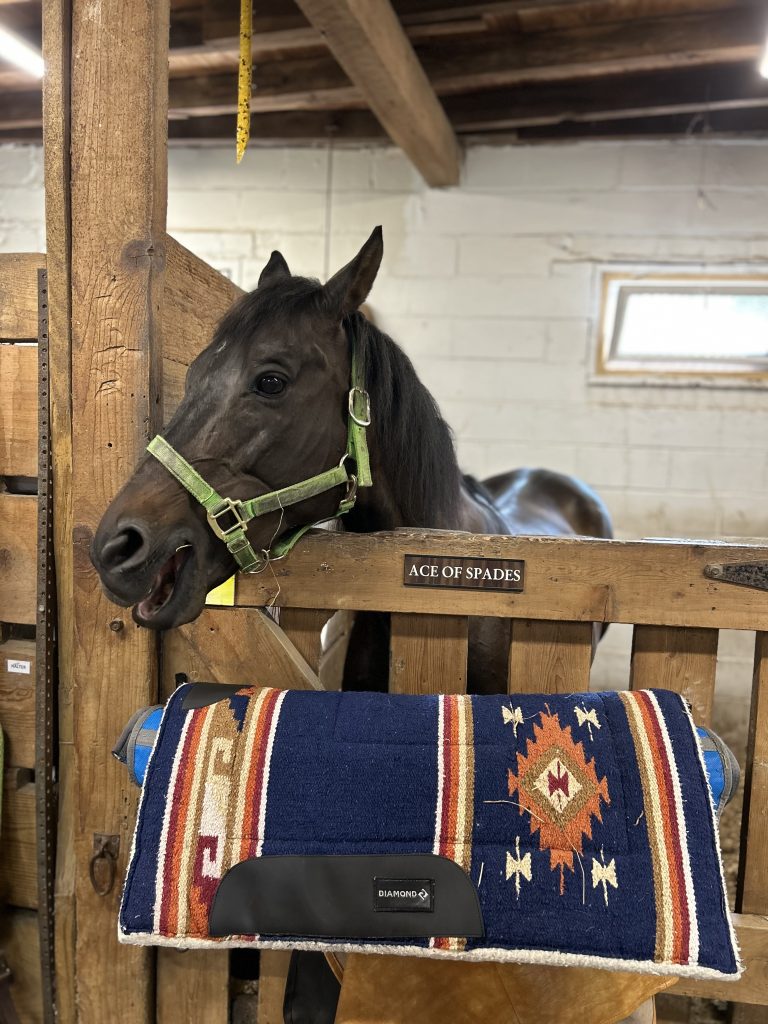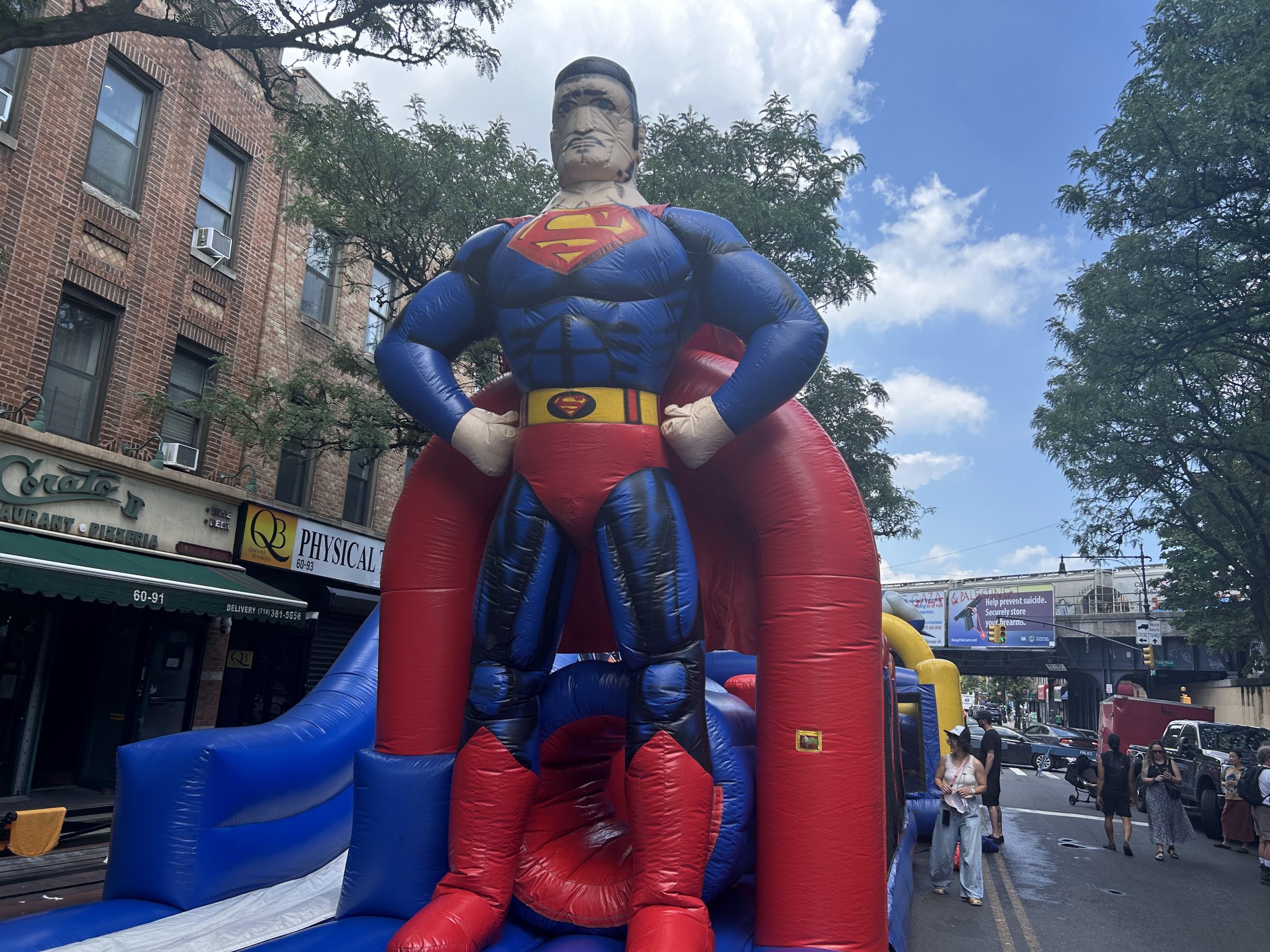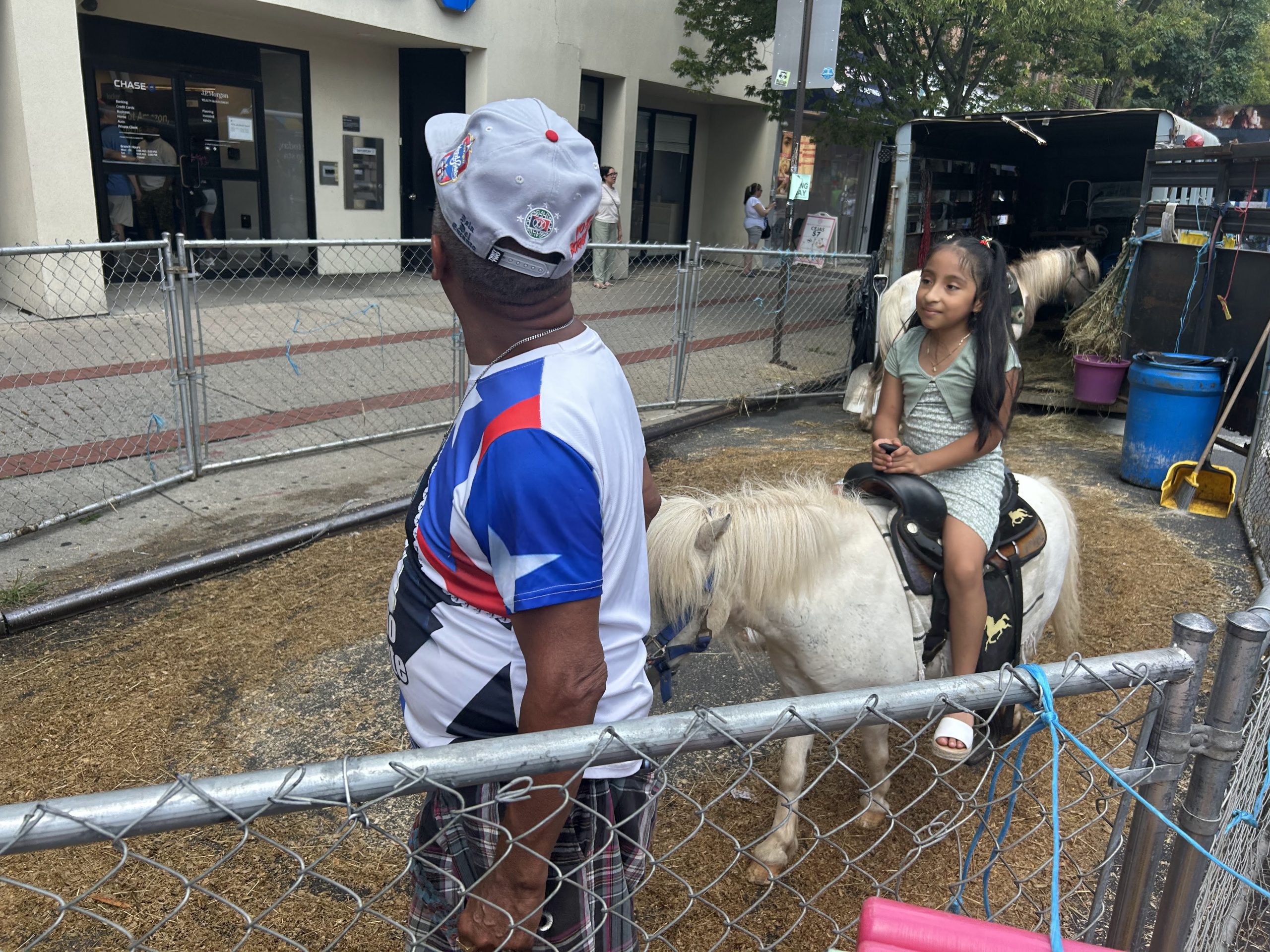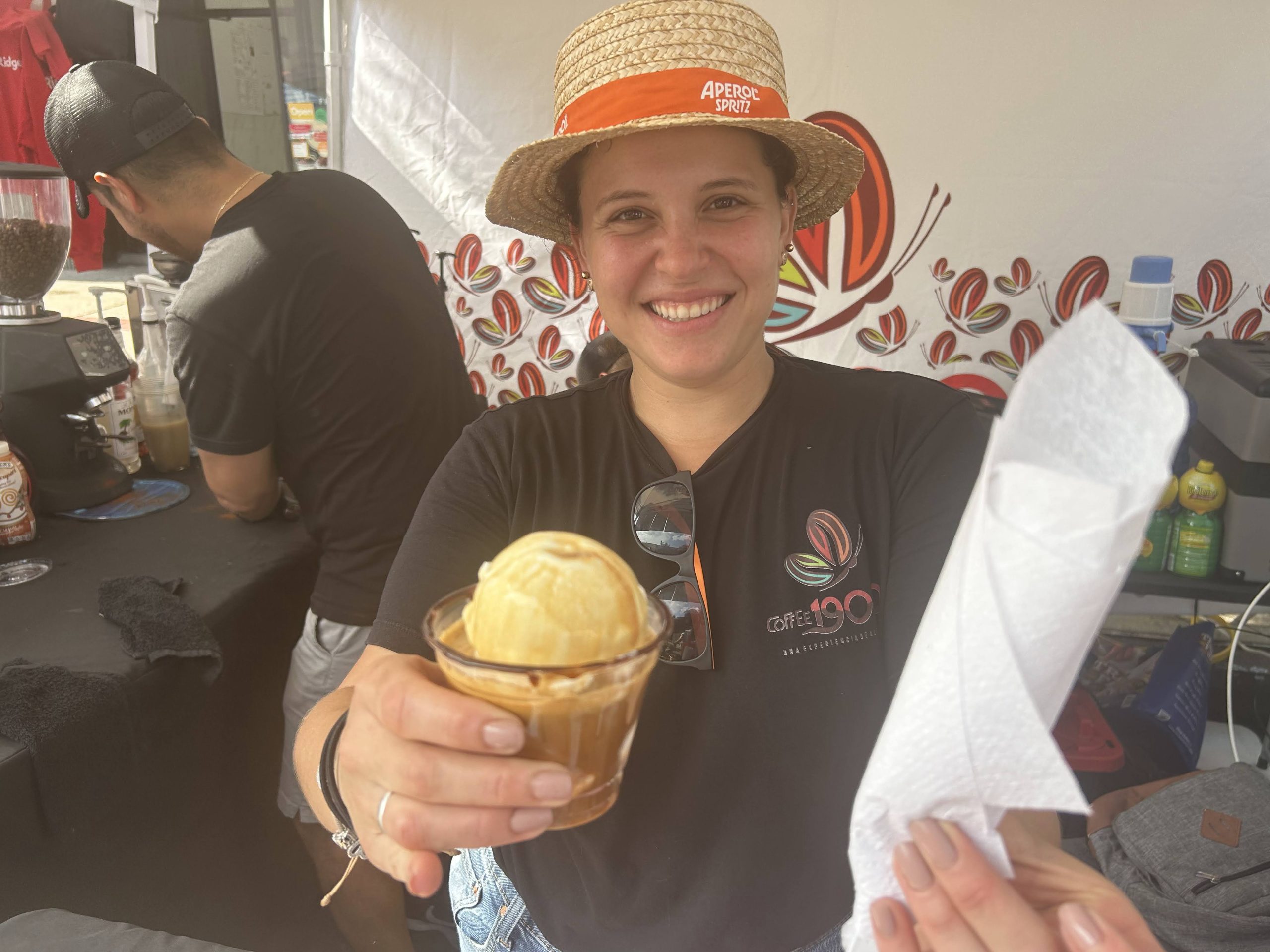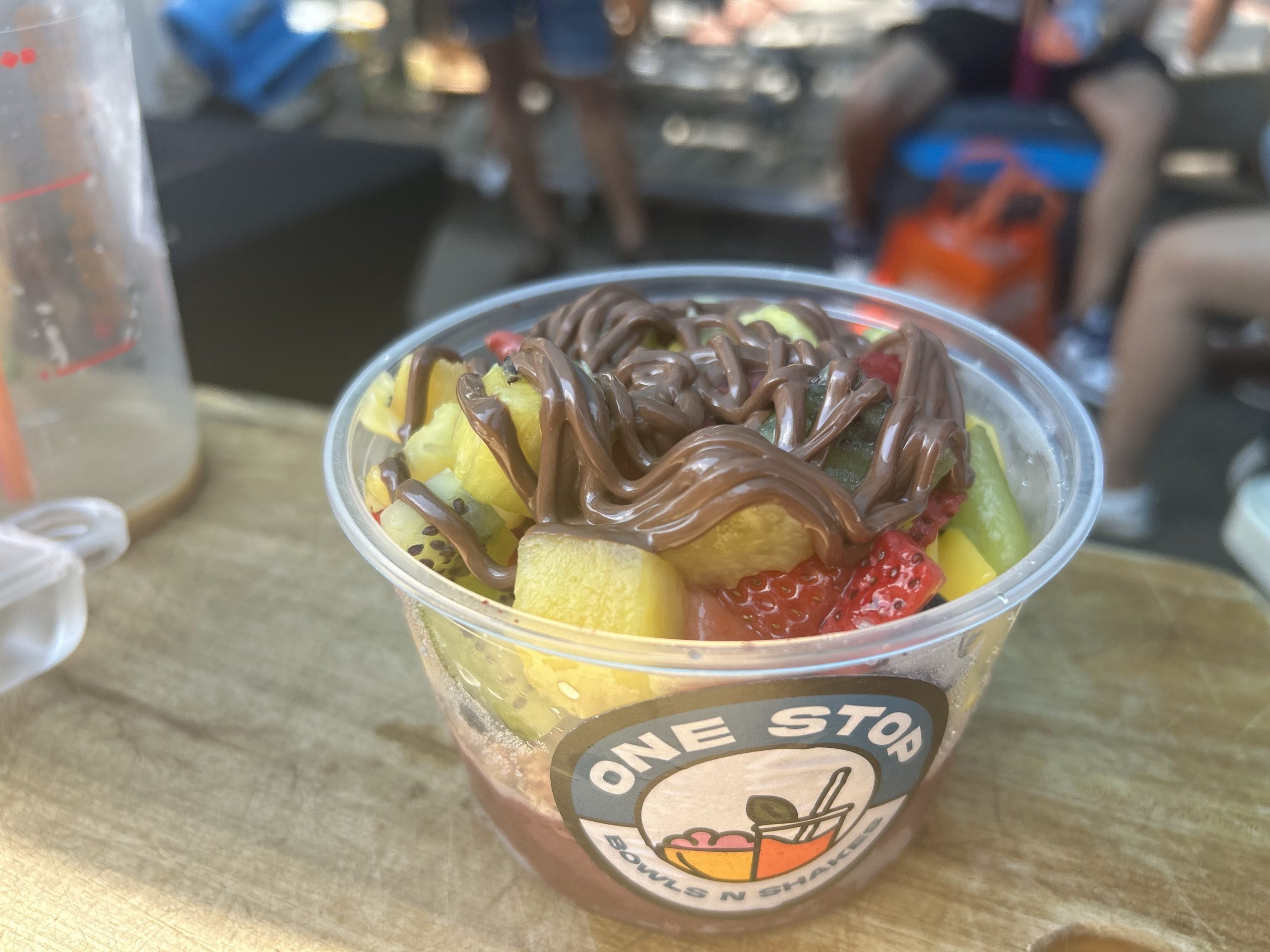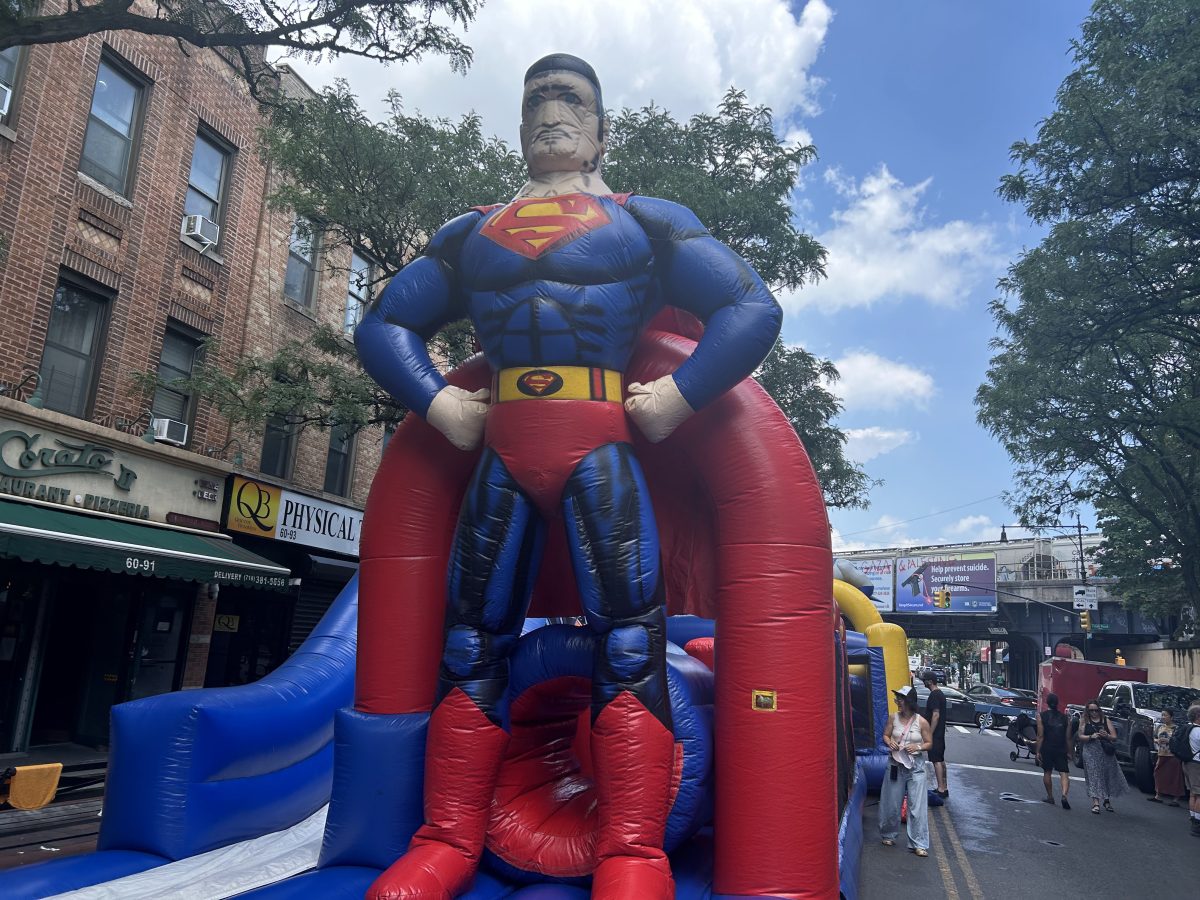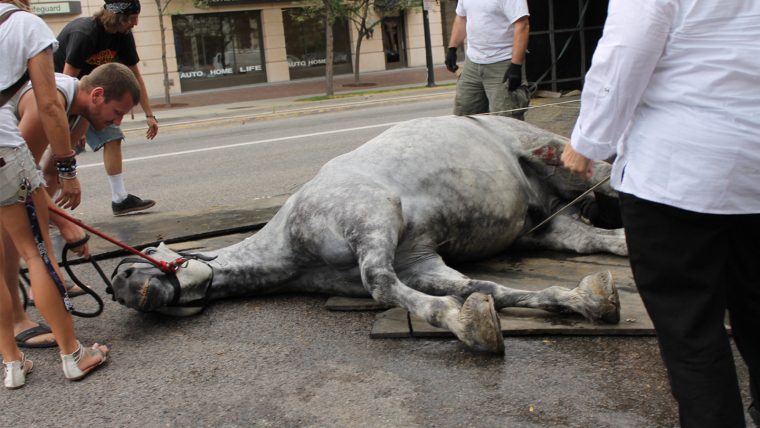
Heritage or Humane Progress for Horse Carriages?
MOHAMED FARGHALY
mfarghaly@queensledger.com
A push to ban New York City’s horse-drawn carriage industry is intensifying with Ryder’s Law, legislation that would phase out the practice by June 1, 2026, and replace the carriages with electric vehicles.
The bill, formally titled Intro 0967, was introduced by City Council Member Robert Holden and has more than a dozen co-sponsors. It would also require humane disposition of carriage horses, prohibiting their sale for slaughter or transfer to other carriage businesses.
The proposal follows years of controversy and repeated incidents of horses collapsing, bolting into traffic, or dying while working in Manhattan. Public outrage surged in August 2022 when Ryder, a 26-year-old underweight horse, collapsed on Ninth Avenue in the summer heat. He died weeks later.
Chris Green, executive director of the Animal Legal Defense Fund (ALDF), said the case highlighted the dangers horses face daily.
“This is important because well, they keep dying on New York streets, that would be top of my list. I mean, it’s just this horrific anachronism. You know, horses were not meant to walk on pavement and just being in traffic and it’s happening pretty regularly,” Green said.
He pointed to multiple incidents in recent years, including crashes and heat-related collapses, as evidence that regulation has failed.
“Records show that children, cyclists, pedestrians, carriage drivers, passengers, and even New York Police Department and police officers had all been physically injured by accidents involving New York’s horse carriages,” Green said. “In one of those instances, a child was rushed to the hospital after falling out of the carriage and being run over by the wheel.”
Under current law, horses can be worked nine hours a day, seven days a week, and are housed in cramped midtown stalls with no pasture access. Green said the conditions compound the risks.
“Heat, you know? I mean, New York City gets hot, and that’s when it’s high tourist season,” he said. “And again, they’re doing that nine hours a day, seven days a week, and they’ve got no access to anywhere else to get through any other sort of just normal exercise or run or… it’s not just an animal welfare issue, although the animal welfare concerns are huge, you know, it’s a really public safety issue as well.”
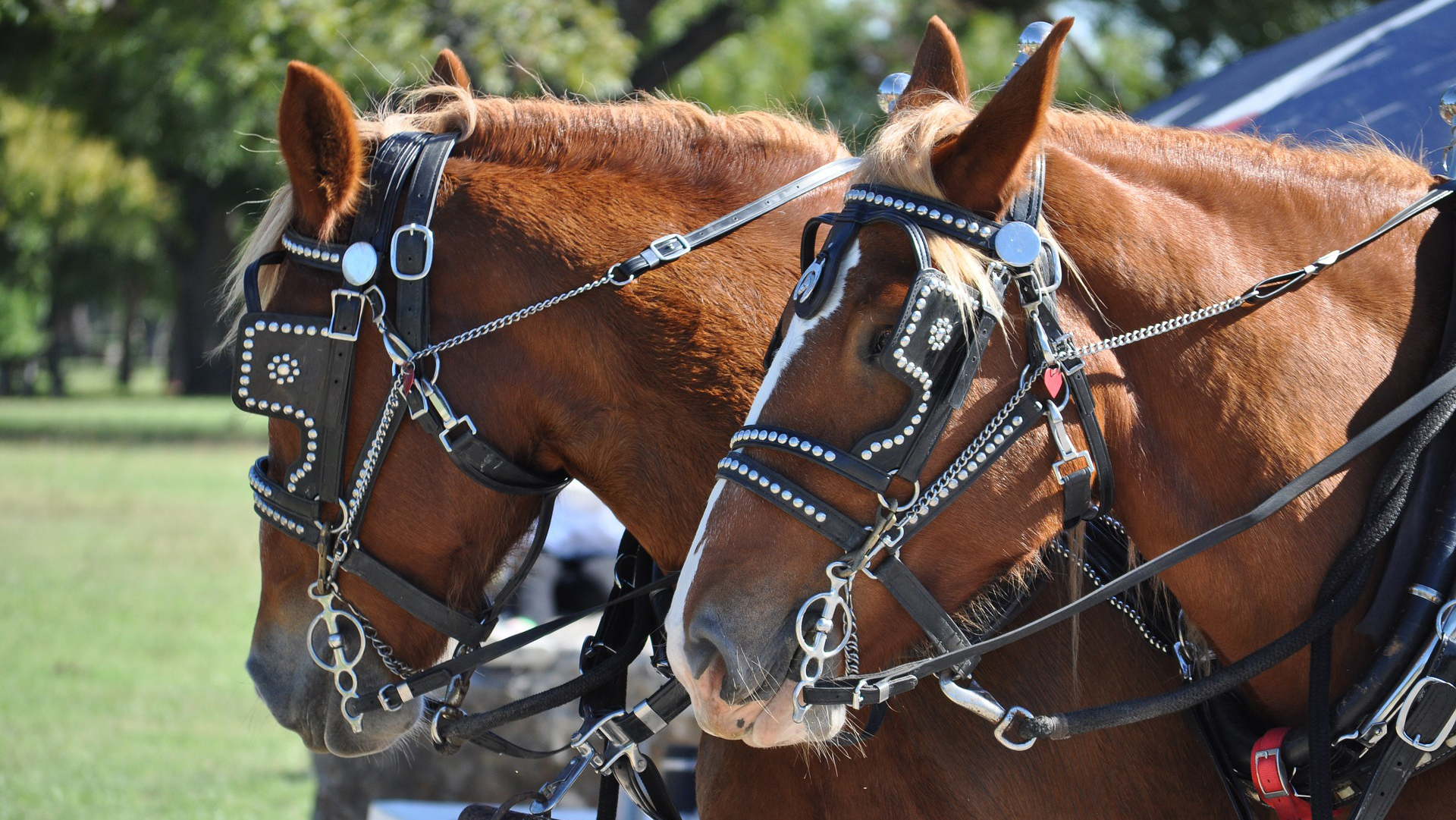
Courtesy Animal Legal Defense Fund
Ryder’s Law has been referred to the Council’s Committee on Health, but advocates say progress has stalled under pressure from the Transport Workers Union, which represents carriage drivers.
“So, it’s just, it’s really frustrating when you have something that’s very obvious, animal cruelty and public safety issue, and you’ve got 70% of New Yorkers wanting it, but you’ve got these sorts of special interests controlling, preventing it from happening at the city council level,” Green said.
Other cities including Chicago, Biloxi, Camden, Las Vegas, London and Paris have already banned horse-drawn carriages. Green said New York could follow suit by embracing alternatives.
“There was back in like 2014, or 15, the same donors that had sort of knocked out de Blasio competitor, paid all this money to develop this really amazing looking electric carriage. It was huge, and it turned so many heads. I went for a ride in it once. You know, there’s, there’s a lot of things you could do that would be just as appealing to tourists and having an actual, you know, poor animal having to drag them around,” Green said.
For Green, the stakes are moral as well as practical.
“As a resident, I think, you know, there’s the famous Gandhi quote that the moral progress of a nation can be measured by how it treats its animals,” he said. “And you know, as a city, people want to be proud of the city that they live in, and if their city is allowing this type of very visible, overt cruelty to continue where you’ve got literally, these poor horses dropping dead on the streets of New York, sort of with alarming frequency now, yeah, so why? Why are we letting our city do this?”
The ALDF is urging New Yorkers to contact their City Council members in support of Ryder’s Law.
“You can just contact your city council member and ask them why the hell this hasn’t happened yet,” Green said. “Hold your council members’ feet to the fire and just ask them to justify why they’re allowing this type of cruelty to continue.”
As lawmakers and animal welfare advocates press for Ryder’s Law, which would phase out New York City’s horse-drawn carriage industry, Cowboy Eddie of Lynne’s Riding Center in Forest Hills sees things differently.
Eddie, whose family-run stables date back to 1960, said the industry has safeguards in place to ensure horses are not overworked. “Number one, I think that measures have been taken to make sure that the horses are well kept. As a matter of fact, my stables, were asked to be a vacation spot for those city horses that they have to be relieved from their duties at least two weeks a year, or something like a vacation, where they don’t work at all, and they are really taken off the premises and brought to another location.”
According to Eddie, horses thrive when given work to do. “I think that the if those horses weren’t being used for what they are doing, which they love to do, and horses love to pull. They love to work. They love it. They can’t wait to get out there and just do it. And what these people don’t know. If those horses weren’t out there, they’d be dead somewhere. They’d be euthanized, and they’d be useless just because they’re not doing what they’re supposed to be doing.”
Eddie argued that the recent collapses and deaths, including Ryder’s, are being misrepresented. “The last horse had a blood clot or something. So… I don’t think it’s abuse, not at all,” he said, adding that the ASPCA inspects barns like his regularly.
Concerns about extreme heat or cold, Eddie said, are misplaced. “Horses don’t feel the hot pavement because a horse’s hoof is made out of the same thing your fingernail is made out of. Yeah, they don’t transfer heat or cold. You see what I’m saying?” He added that horses are naturally adapted to both seasons. “In the wintertime they grow thick, hairy coats… and in the springtime… I cut away the winter coats to expose the summer coat.”
To Eddie, the bigger issue is preserving New York’s horse heritage. “Me personally talking to an old school guy. I think that New York is one of the largest appreciated horse states in the country. I mean, we have Aqueduct, Belmont, Yonkers Raceway, Saratoga… the oldest surviving horse ranch, cowboy ranch in the country is in New York. There’s a deep Hollow Ranch, which is in Montauk that’s been there since the 1800s. So, I understand that they need the space well, as long as they got the space and the availability to take care of those horses, like I believe they do, I think that they’re doing a disservice to this, to the state, by not allowing that heritage to be still existing in Central Park.”
The future of New York City’s horse-drawn carriage industry now hangs in the balance, caught between competing visions of heritage and humane progress. As the debate continues in the City Council, New Yorkers face a defining question: whether to uphold tradition or chart a new path that reimagines the iconic carriage ride for a modern era.
